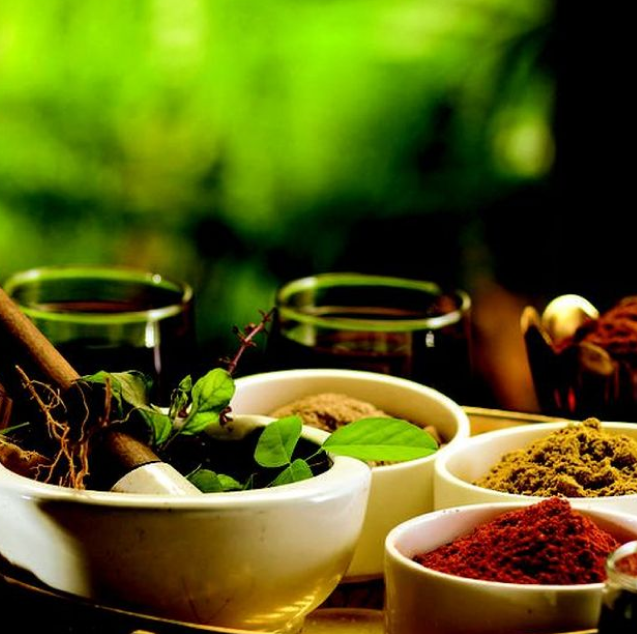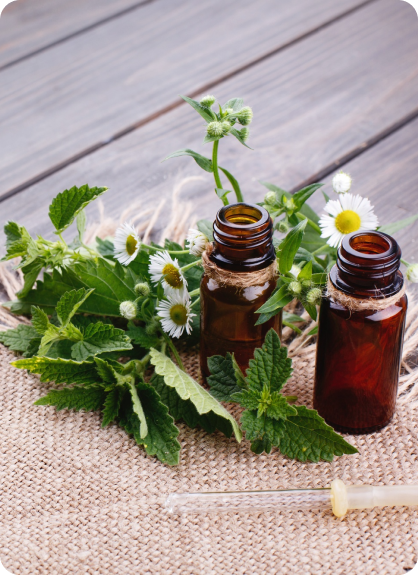Why Invest in Ayush
-
Leading producer
India is the second-highest producer of medicinal herbs in the world after China.
-
Global Recognition
Ayurveda is acknowledged as a system of traditional medicine in more than 30 countries.
-
Wellness economy
India ranks 7th in the global wellness economy, with a market size of $132.5 Bn in 2022. India's medical tourism attracts 2 million patients annually from 78 countries.
-
MSME Growth
The number of MSMEs in the Ayush industry has risen by nearly 40%, from 38,216 in August 2021 to 53,023 by January 2023, demonstrating significant growth and potential.

Incentives & Schemes
-
Information, Education, and Communication (IEC) in Ayush
-
AYURSWASTHYA Yojana
-
Central Sector Scheme for Promotion of International Co-operation (IC) in Ayush
-
Central Sector Scheme of Champion Service Sector Scheme for Medical Value Travel
-
Central Sector Scheme for Promotion of Information, Education and Communication in Ayush
-
Central Sector Scheme for Ayurgyan
-
Central Sector Scheme on Conservation, Development and Sustainable Management of Medicinal Plants












